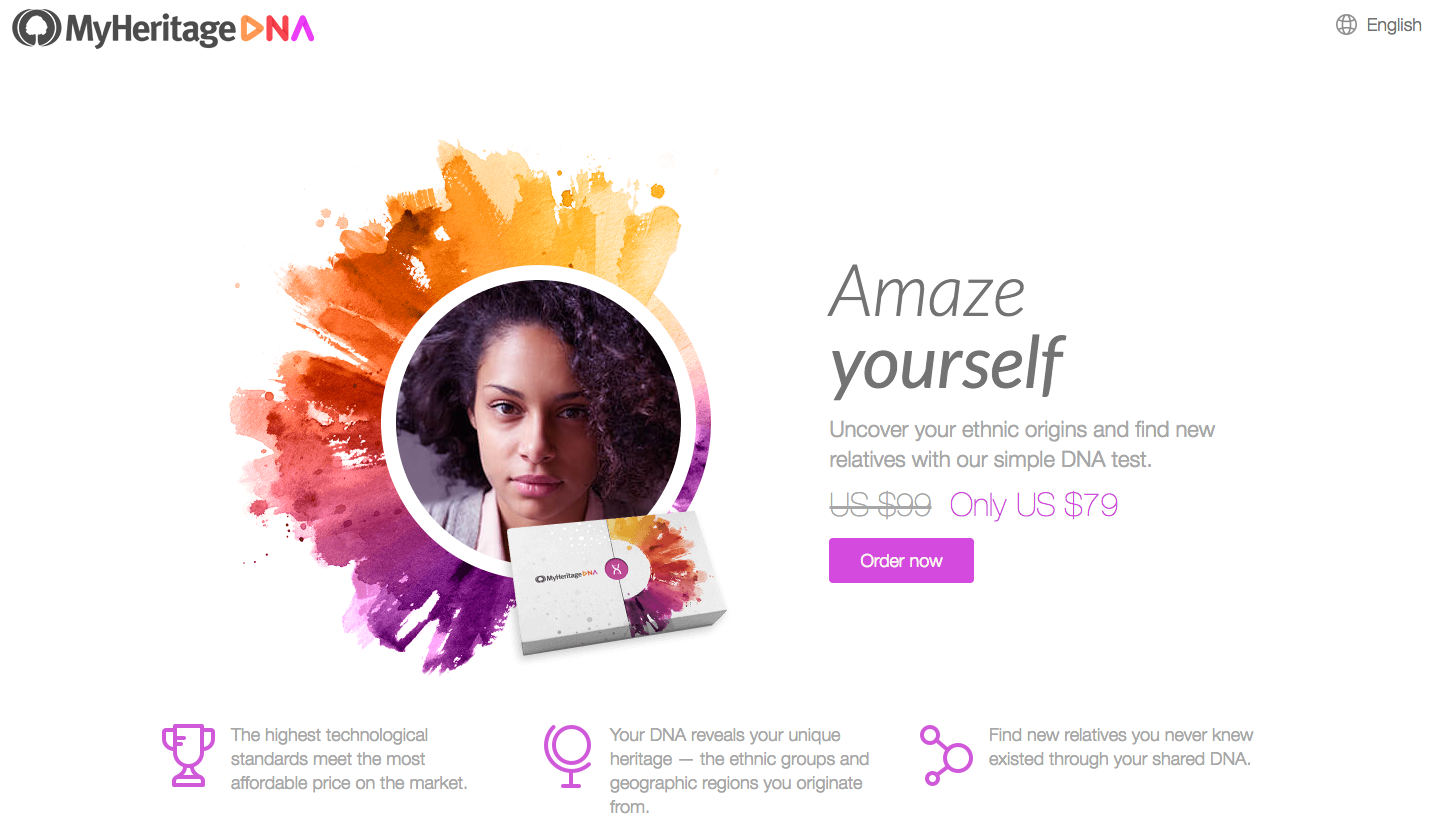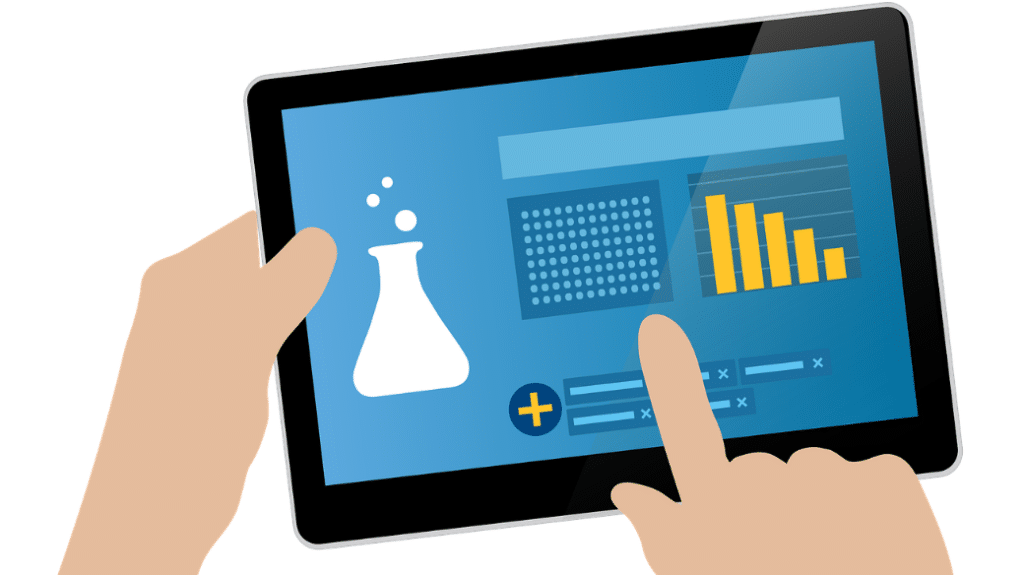

She can ask her brother, father, paternal uncle, or cousin by a paternal uncle (but not her son, since he got his Y-chromosome from his paternal line, not hers). However, a woman can still find Y-DNA results by having a close male relative take it for her. One major drawback to Y-DNA is that only males have Y-DNA, so only males can take the test. It can also tell you the ethnicity or region of origin of your paternal line. Like the mtDNA test, Y-DNA may let you trace a line back for dozens of generations. A Y-DNA can prove (or disprove) that the two of you are related. Say that you have a common surname, like Smith, and want to know if you are related to someone else named Smith.
#THE BEST GENEALOGY TEST FULL#
(Read my full guide to DNA testing for adoptees). It’s also the most useful test for adoptees. atDNA can provide some great leads on finding others who are researching the same family tree as you. Most of the time, an atDNA test is only useful for about 6-8 generations.

The main drawback to atDNA is that it gets so jumbled together after a few generations that it becomes unreliable the further you try to go back. It can also provide you with reasonable estimates of your ancestors’ ethnicity (the regions of the world where they lived). Because your atDNA comes from all of your ancestors, this test is useful for finding a range of ancestors and living relatives.

This can be especially useful if you know very little about your parents or grandparents and have a hard time locating living relatives. Every testing company uses its own reference panels.įor genealogical purposes, the primary use of atDNA testing is to find relatives and common ancestry. Autosomal tests give you ethnicity results based on how your DNA compares to reference populations. Most people who do an autosomal test do so for ethnicity estimates. So atDNA tests are only useful for about 6-8 generations. The less DNA you share with a match, the harder it is to prove the relationship. The further you go back, the less DNA you have inherited from a particular ancestor. These percentages are never exact since DNA inheritance and recombination is entirely random. One-eighth from each of your great-grandparents. That means that roughly one-fourth of your DNA comes from each of your grandparents. Remember that half your DNA comes from your father and half from your mother. These tests examine about 700,000 SNPs to determine how closely related you are to other people. This test examines single-nucleotide polymorphisms (SNPs). This is the test that gives you ethnicity estimates as well as family matches. Because it does not rely on the 23rd chromosome, atDNA tests can be done in both men and women with the same results.ĪtDNA tests are by far the most popular for consumers.

It is inherited from both your maternal and paternal ancestors. This test also matches you with distant relatives.Īutosomal DNA (atDNA) is that DNA that does not contribute to gender in other words, the first 22 pairs of chromosomes. This test provides an estimate of your ethnicity – the regions of the world where your ancestors lived within the past few hundred years. Autosomal tests are the most popular and look at the DNA you inherited from every line in your family tree.


 0 kommentar(er)
0 kommentar(er)
